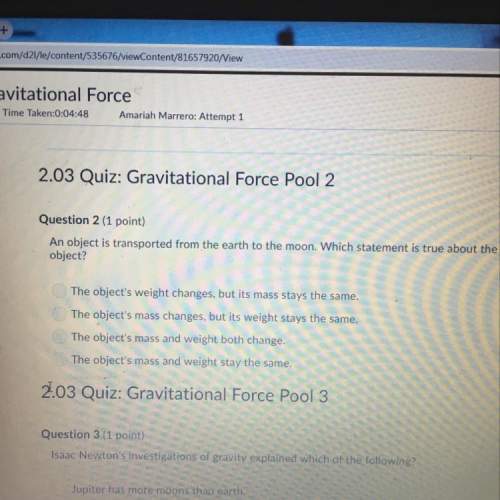
Chemistry, 05.05.2020 16:28 gustinya000
29) Which statement explains why 10.0 mL of a 0.50 M H2504(aq) solution exactly neutralizes 5.0
mL of a 2.0 M NaOH(aq) solution?
A)
The moles of H(aq) equal the moles of OH(aq).
B)
The moles of H2502(aq) equal the moles of NaOH(aq).
C)
The moles of H2SO4(aq) are greater than the moles of NaOH(aq).
D)
The moles of H(aq) are greater than the moles of OH(aq).

Answers: 3


Other questions on the subject: Chemistry


Chemistry, 22.06.2019 20:00, 20calzoy
There are two steps in the usual industrial preparation of acrylic acid, the immediate precursor of several useful plastics. in the first step, calcium carbide and water react to form acetylene and calcium hydroxide: cac2 (s) + 2h2o (g) → c2h2 (g) + caoh2 (s) =δh−414.kj in the second step, acetylene, carbon dioxide and water react to form acrylic acid: 6c2h2 (g) + 3co2 (g) + 4h2o (g) → 5ch2chco2h (g) =δh132.kj calculate the net change in enthalpy for the formation of one mole of acrylic acid from calcium carbide, water and carbon dioxide from these reactions. round your answer to the nearest kj .
Answers: 3


Chemistry, 23.06.2019 18:30, cstevenson
Why must sample spots be above the solvent in paper chromatography
Answers: 1
You know the right answer?
29) Which statement explains why 10.0 mL of a 0.50 M H2504(aq) solution exactly neutralizes 5.0
Questions in other subjects:


English, 21.07.2019 12:00





English, 21.07.2019 12:00

Mathematics, 21.07.2019 12:00


Biology, 21.07.2019 12:00




